With the onset of cold, car owners very often discover that the heating system works inefficiently. At first glance, everything is properly, but the incoming air from the deflectors is not warm enough. This may indicate that the radiator of the car heater clustered and is not able to pass through itself the required volume of heated coolant. What to do in this situation - to replace the heater or try to repair it? Do not resort to cardinal measures. If the radiator does not flow, it can still be restored. About this further in the article.
Content
- Car stove, device and purpose
- The stove of the car does not warm, reasons
- Tools, fixtures, consumables
- Than rinse car stove radiator
- How to rinse the stove in the car with citric acid without removing the oven, step by step instruction
- Flushing of Coca Radiator Koloy
- Flushing of the radiator furnace with a special acid-based solution
- Pros and cons of each way, possible risks
- Property Tips: Why do you need to know from what metal the radiator is made
Car stove, device and purpose
The appointment of the car heater (in the people it is called "stove"), it is clear to everyone - this device is intended to maintain heat in the car's cabin. But, the function of the heater is slightly wider - except for comfort, the stove is necessary to ensure that the automotive glasses do not fill. Such a situation is formed not only in winter, but also in the fall, and in the spring, when the problem of the heater is reduced only to solving problems of this kind.
The design of the heater consists of a fan, dampers, air ducts, fluid flow controller, nozzles for cooling fluid circulation, radiator. Behind the front panel there is a radiator of the heater to which two tubes are attached. On them coolant and enters the radiator. This fluid with a special pump circulates both by the engine cooling system and according to the vehicle heating system.
When the motor heats up, heat exchange is carried out. Antifreeze cools the motor, taking it heat. Hot antifreeze enters the heater radiator, which heats up as an ordinary battery. The heater fan at this time drives cold air through the radiator. Again, heat exchange occurs - the air cools the radiator, and the radiator gives the heat air, which blows into the salon. Then chilled antifreeze again turns out to be in the motor and cools it. This heating system is the most efficient and common.
For the Salon in the winter warmed up, approximately 30 degrees should be at the exit of the heater. Such a temperature will not only greatly warm the salon, but will not allow to turn the windows. The position of the flap adjusts the down position switch located on the instrument panel. These valves direct air flows in a specific side - windshield, legs, face. The direction of air on the windshield is required almost constantly. It is necessary that excessive pressure arose in the cabin, in which dust and dirt will not be able to get into the cabin, and the glass will not fiery.
The stove of the car does not warm, reasons

The reasons for the obstruction of the stove radiator can be:
- Chemically active substances (fuel, oil) or various garbage (dirt) have come to the cooling system.
- The radiator is made of metal, the composition of which does not meet the technical requirements.
- The use of poor-quality coolant or water with a large number of salts in the composition.
- A long service life, as a result of which a peculiar scale is postponed on tubes (copper or aluminum).
Tools, fixtures, consumables
- Pump or compressor.
- Insulating tape.
- Two hose.
- Clamps.
- Capacity for draining antifreeze.
- Washing agent.
Than rinse car stove radiator
In this case, the options are set. Some use special fluids for cleaning the cooling system, which can be found in any automotive spare parts store. Others enjoy old folk remedies, in efficiency, no inferior acquired. Consider the most common means used to clean the inner surface of the stove radiator:

- "Coca Cola".
- Milk serum.
- A solution of caustic soda.
- Limonic acid solution.
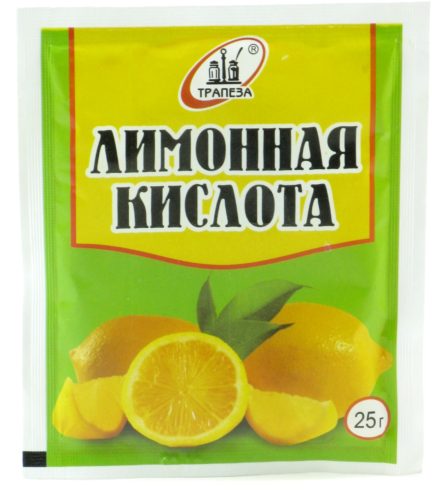
- Means for cleaning sewer communications ("Mole", "Comet", "Tyr" and so on).
- Special means for flushing cooling system.
Undoubtedly, it is better to give preference to special means, the composition of which is capable of perfectly clean the heater channels, thereby not exposing them to a detrimental chemical influence. Kitchen media like "comet" and "mole" are quite capable of making them competition, but no one can guarantee that they will not harm.
How to rinse the stove in the car with citric acid without removing the oven, step by step instruction
Making the solution, it is necessary to adhere to a certain ratio - ten liters of water per kilogram of citric acid, but it is quite enough seven liters of liquid, and, accordingly, 700 grams of acid. Next, we drain the coolant from the system and pour into it a pre-prepared acid solution. Then it is necessary to give a little load (you can drive a short distance), but, at the same time, follow the temperature - it should fluctuate in the range of 70-80 degrees Celsius. After forty minutes, we drain the solution, after which we rinse the entire system well.
To rinse the system, pour clean water into it, warm the car and merge it. The last procedure must be done several times. In the last step - pour a new cooling fluid.
Flushing of Coca Radiator Koloy
It is worth noting that the washing of the system with the help of Coca-Cola has been very popular today. In this case, the technology is similar to those described above, only to warm the motor enough for five minutes. Most importantly, at the end, do not forget to flush the radiator a couple of times, since "Coca-Cola", in addition to acid, also contains sugar to rinse.
Flushing of the radiator furnace with a special acid-based solution
When using special cleaning agents suitable for the heater radiator, the washing of the heating system is carried out according to the technology, actually similar to the above methods. The difference lies in the fact that the discharge of scale and mud does not occur immediately, it is necessary to wait a bit. However, if the use of strongly corrosive compositions is implied, the solution must be withstanding no more than 15 minutes. Undoubtedly, you can leave it for the night, but if applied is not very abrasive substances.
Pros and cons of each way, possible risks
Flushing of the radiator with citric acid:
Advantages - small cost, high efficiency.
Disadvantages - if you move with acid, it can lead to sufficiently unpleasant consequences - with the acid of the acid can do rubber and plastic elements of the system. Lemon acid is distinguished by a large degree of aggressiveness, so you carry out such flushing of the heater radiator on your risk and fear.
Flushing of the radiator with "Coca-Cola":
Advantages - small cost, speed, high efficiency (in "Coca-Cole" contains so-called orthophosphoric acid, which is effectively struggling with science).
The disadvantages of such washing are associated with the content of gases and sugar in Coca-Kol. Sugar, which is located in the Coca-Cola, can clog the radiator, and the increased state of the gases can have a negative impact on the entire system.
Wash radiator heater with special means:
Advantages - efficiency, lack of risks.
Disadvantages - slow action.
Property Tips: Why do you need to know from what metal the radiator is made
Before washing the heater radiator, you need to know which material it is made. And the point is that in the radiator made of aluminum, it is impossible to pour alkaline soda solution. It is necessary only to acidic acid. Otherwise, aluminum will oxidize, with the result that the problem will become even worse. Approximately the same thing happens if pouring an acid into a copper radiator. For copper, the use of alkalis is much preferable.
Related Materials
- Stove 2110, bad warm stove 2110, VAZ 2110 heating system, repairing the heating system VAZ 2110 with their own hands
- VAZ 2114 stove blows with cold air, stove 2114, bad warm stove VAZ 2114, device and repair of heating VAZ 2114 do-it-yourself, removing the stove VAZ 2114
- How to subdominize the car. How to put a jack. Types of jacks for cars.
- VAZ 2109 Fuse Block, VAZ 2109 Fuse Block Carburetor, VAZ 2109 Fuse Block Injector, Old VAZ 2109 Fuse Block, VAZ 2109 Fuse Block, VAZ Fuse Block 2109
- Car exhaust gas catalyst, faulty catalyst, pluses and cons of the catalyst, how to change the catalyst on the planeencitel
- Stove blowing cold air VAZ 2114, badly blowing the stove VAZ 2114, why badly blowing the stove VAZ 2114
- How to find out the owner of the car by the number of his car, check the car by the number of the traffic police machine, check the car by the state number of the car for free
- How to choose Used tires, Useful Tips
- Winter car road, pressure in passenger car tires in winter, good battery for the car in winter, whether to warm the car in winter
- In winter, the car is poorly started. How to make a car in winter, do you need to warm up the car in winter, useful tips
- Economy fuel consumption machines, the most economical car consumption
- Tires brands for passenger cars, labeling of car tire labeling, residual passenger car tire protector, how to pick a tire on a car brand, car tire tread pattern
- Working transmission operation, mechanical gearbox clutch work, driving with manual gearbox, useful tips
- Rear beam Peugeot 206 sedan, rear beam device Peugeot 206. Rear beam Peugeot 206 Malfunction, repair of the rear beam Peugeot 206
- Diesel fuel in winter, additive for diesel fuel in winter, how to choose the best diesel fuel
- Diesel winter does not start. How to start diesel in winter, heating diesel in winter.
- Japanese bridgestone tires, winter studded bridgestone tires, bridgestone tires brand
- Tire marking decoding for passenger cars, labeling wheels, how to choose the right tires on the disks
- Diesel engine in winter, launch of the diesel engine in winter, what oil to fill in a diesel engine in winter, useful tips
- LED backlight of the car, the backlight of the bottom of the car, the backlight of the legs in the car, the backlight in the door of the car, the backlight of the car is fine
- Recovered tires, bus tire, restored tire protector, can I use them
- Choose winter tires, which is a winter tires, which pressure in winter tires should be marked with winter tires, how to choose the right winter tires, the best winter tires 2019
- Steering rail rail, knock of steering rack, reasons for the knock and repair of the steering rack do it yourself
- Cameless car tires, a set for repair of tubeless tires, repair of the cannon-free tire do it yourself
- Russian tires, Russian tires Winter, Russian All-season tires, Voronezh AMTEL tires, Tires "Matador Omsk Tire", Kama-tires are world-class bus
- How to open a car without a key. Lost the key from the car what to do, the key from the car inside the car
- Silent tires, quiet winter tires, quiet studded bus, which tires to choose, overview tires
- Tires and safety, safety of the bus, why it is necessary to constantly monitor car tires
- Rules of safe driving of the car in the rain and slush, safe driving of the car for beginners
- Rust converter which is better for cars, rust converters to choose how to use rust transducer, professionals
- Polishing the body of the car do it yourself, how to choose a polishing paste, useful tips
- Engine durability, engine life, how to extend engine life
- Knock in the car. Knock when moving the car. What can knock in the car. How to determine the cause of the knock.
- ABS car, what is ABS car, ABS system malfunction, ABS diagnostics
- Overtaking a car when you can start overtaking a car, rules of traffic rules
- Fuel pump VAZ 2110, VAZ 2110 gas station scheme, VAZ 2110 fuel pump device, VAZ 2110 gas station repair,
- Automotive antennas for radio, automotive antenna device, car antenna do it yourself
- Front suspension Kalina, device front suspension Kalina, knock in front suspension Kalina, repair of front suspension Kalina
- Shock absorber Oil, best oil shock absorbers, pumping oil shock absorbers, how to properly pump oil shock absorber
- Clutch malfunctions, touches clutch, causes a clutch malfunction, how to eliminate

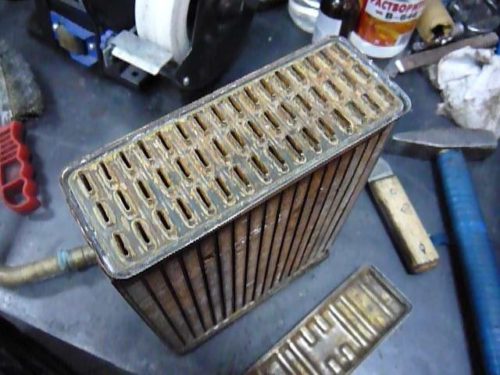
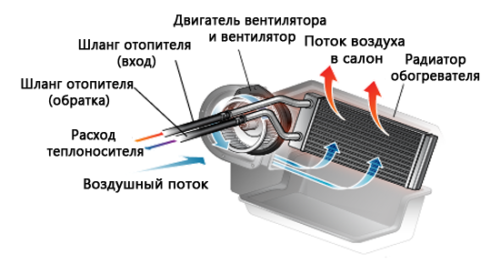
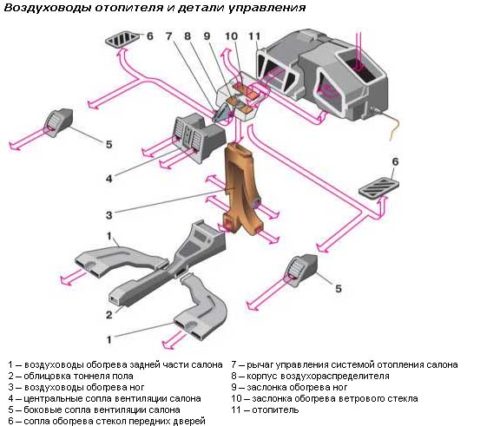
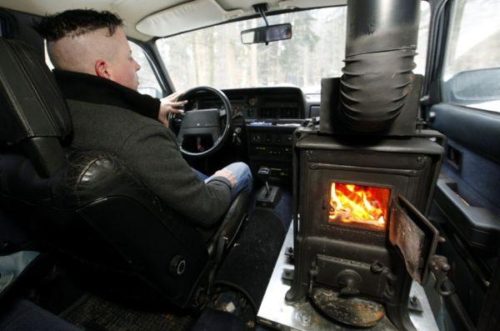
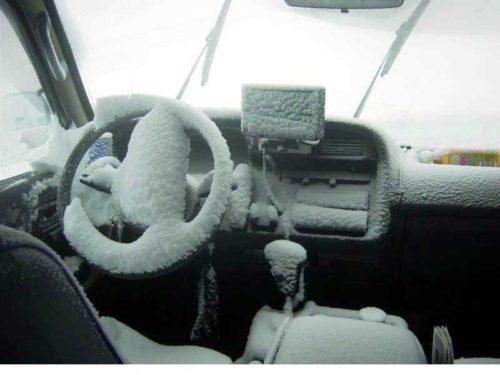
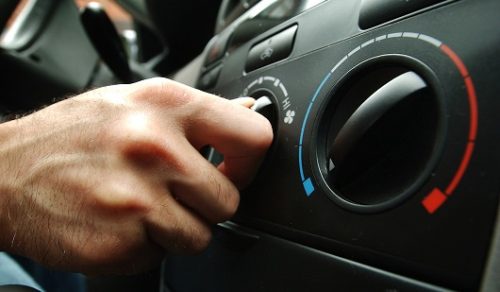
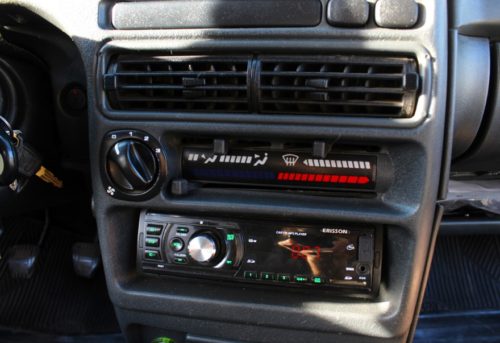
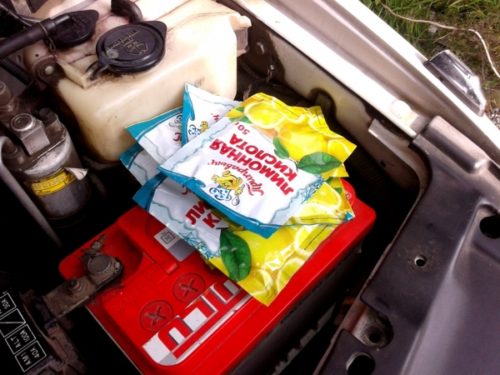
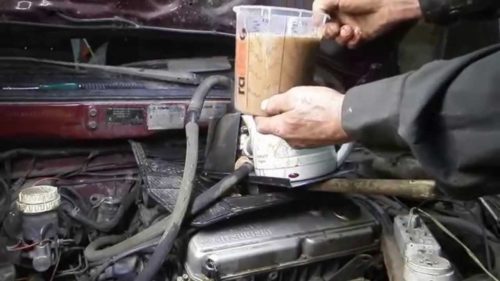
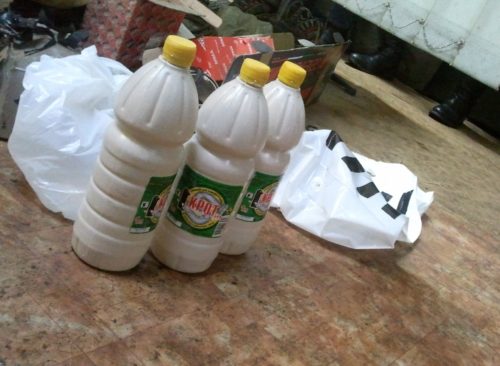
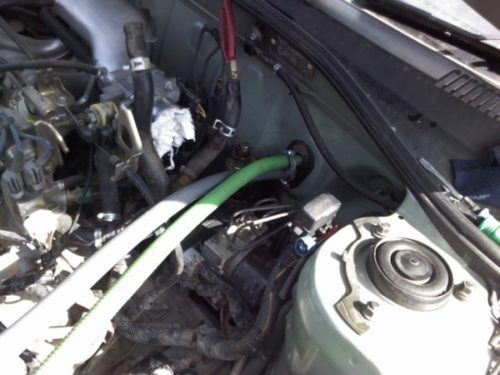
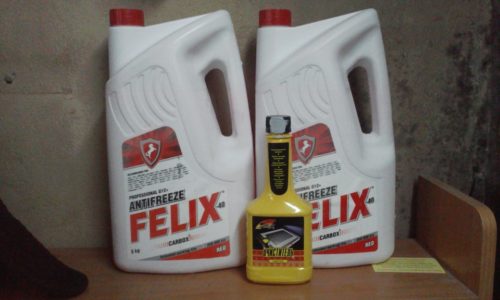
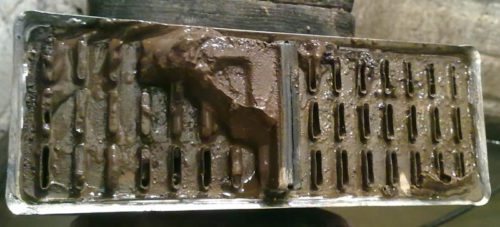
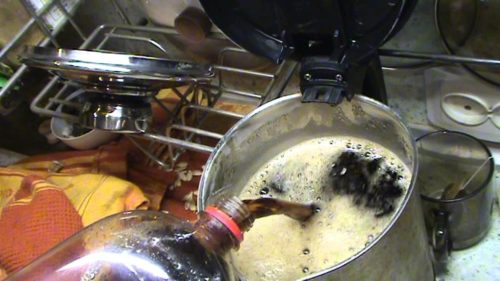






Comments